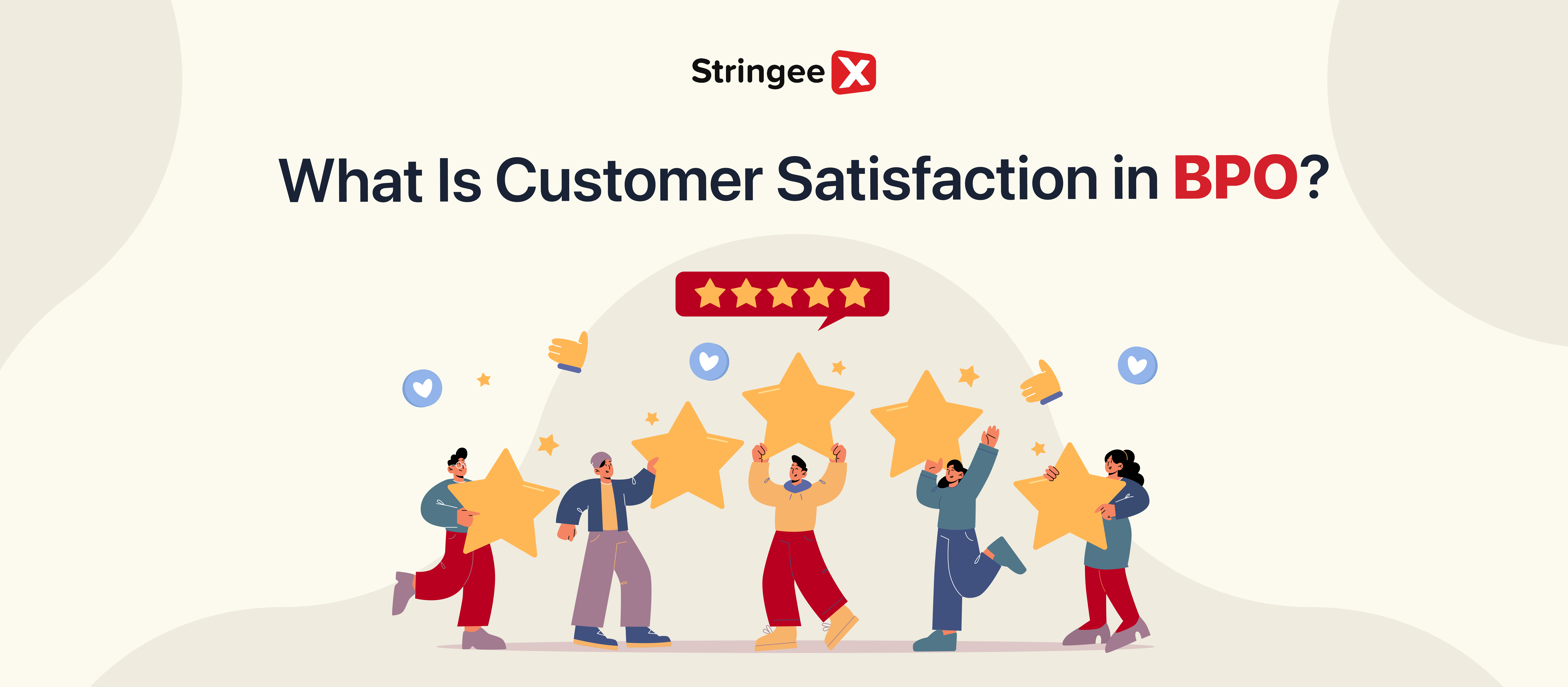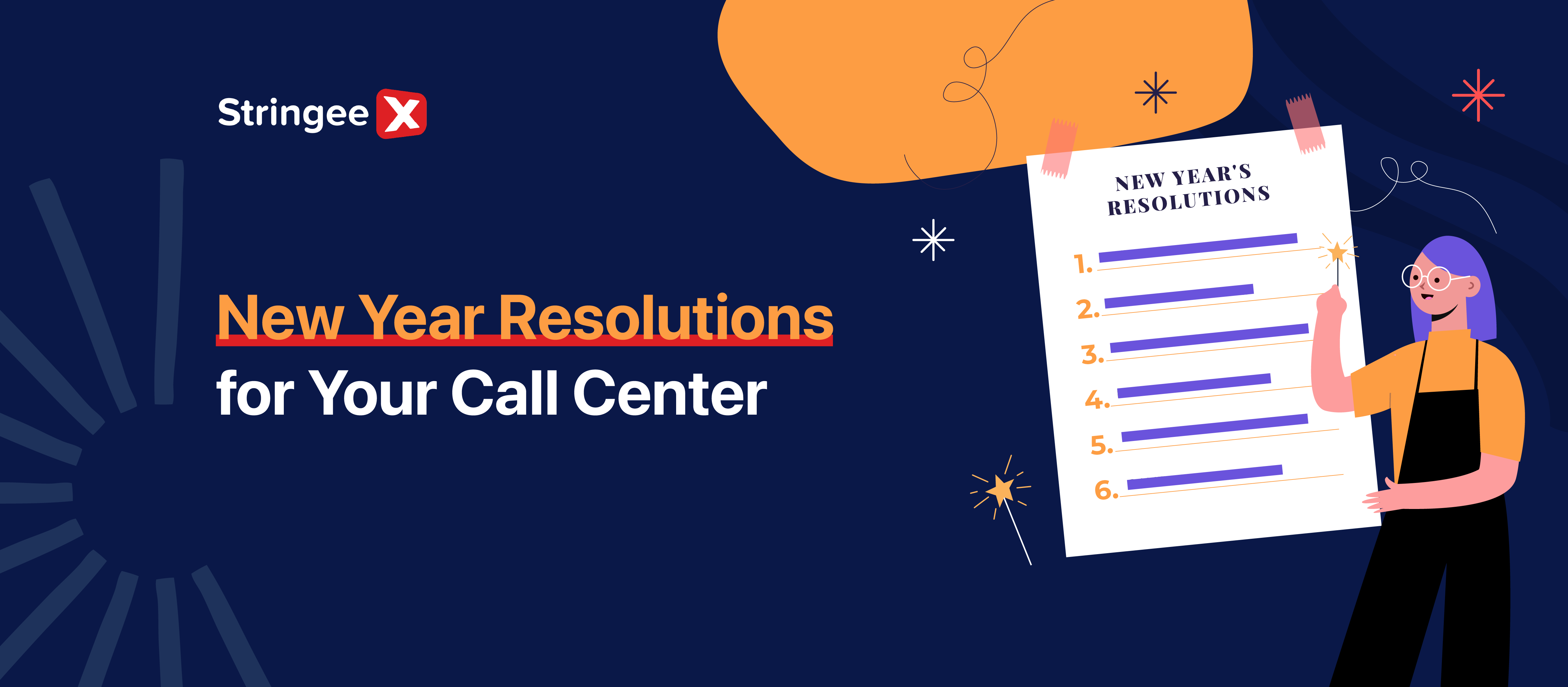Introduction
Measuring and ensuring customer satisfaction can be quite challenging for companies that outsource customer support to BPO providers. But what is customer satisfaction in BPO? This article will answer your question while discussing how BPO companies can deliver a higher level of service.
What Is Customer Satisfaction in BPO?
Customer satisfaction in BPO measures how well the outsourced services meet the needs and expectations of customers. The rating reflects the quality of the entire customer experience, which is crucial for the success of any BPO operation.
It measures how well the outsourced services meet customer expectations (Source: Stockvault).
Specifically, since BPO companies mostly handle customer support and administrative work, customer experience must be at the forefront. Hence, BPO often focuses on these critical factors:
Factor | Requirements |
Quality of service | The criterion addresses how clearly the agents communicate and how well they understand customer needs. |
Response time | Customers want their issues resolved quickly. Hence, time to resolution is often a key performance indicator in BPO contracts. |
First-contact resolution (FCR) | A high FCR rate means the issue is resolved during the initial contact. Customers don't need to keep calling back. |
Agent expertise | How knowledgeable the agents are will directly result in a negative or positive experience. |
Customer experience | Aside from the solutions to the issues, how customers feel during the interaction also matters. |
Overall, the goal of client satisfaction measurement is straightforward. It aims to keep clients happy at all touchpoints, which encourages repeat business and sets the brand apart from competitors.
How to Measure Customer Satisfaction in BPO
Step 1. Define Clear Goals
Before measuring customer sentiment, it’s important to establish what you aim to achieve. Without clear goals, you won’t know what aspects of the service to focus on or how to interpret the feedback!
First, define your goals clearly (Source: Medium).
Start by asking yourself some simple questions. What do you want to improve? Is it faster response times, better issue resolution, or higher overall customer happiness?
Once you’ve identified these areas, translate them into specific, measurable goals. For example, you might aim to resolve 85% of issues on the first contact or achieve a 90% satisfaction rating in customer surveys. You should ensure these goals align with your broader business objectives and make it easier to measure progress over time.
Step 2. Use Metrics to Measure Satisfaction
The next step is to choose the right metrics to evaluate customer opinions. Satisfaction in BPO is quite multi-dimensional. So, we suggest using several metrics to capture different aspects of the customer experience. Here are some examples:
Metric | Explanation |
Customer Satisfaction Score (CSAT) | CSAT gives you a direct measurement of how happy customers are with your service. After a customer interaction, you can ask them to rate their satisfaction on a scale of 1 to 5. |
Net Promoter Score (NPS) | You may ask customers how likely they are to recommend your service to others on a scale of 0 to 10. (Check out the common templates here). High scores (9–10) suggest loyal customers who are satisfied with your service. Meanwhile, low scores (0–6) signal potential issues that need addressing. |
First-Contact Resolution (FCR) | As mentioned above, FCR evaluates how often customer issues are resolved in the first interaction. High FCR rates mean fewer follow-ups, which translates to higher customer satisfaction. |
Customer Effort Score (CES) | Lastly, to understand how easy or difficult it was for customers to resolve their issues, you may use CES. It's designed based on the foundation that quick and easy processes generally lead to higher satisfaction. |
Step 3. Gather Feedback from Multiple Channels
Once you know what you're measuring, it's time to gather customer feedback. The more diverse your feedback sources, the better you can gauge customer satisfaction.
For instance, customer satisfaction surveys are a common method to collect feedback, often sent immediately after a customer interaction. These can include both quantitative ratings and open-ended questions to let customers elaborate better on their experience.
Email follow-ups are another effective way to gather feedback since customers can provide more thoughtful, detailed responses than surveys.
And don't overlook social media, either! Many customers choose these platforms to share their experiences (both good and bad), so monitoring them regularly gains you key insights that formal surveys might miss.
Note:
Do you know that StringeeX brings all these feedback-gathering tools together in one place? This virtual centre lets you effortlessly track customer feedback in real time at any given period. Better yet, you can monitor multiple channels and platforms from one single dashboard; no more jumping and switching between different platforms.
Step 4. Review and Analyse The Data
Collecting feedback is only the beginning. Now, you need to analyse the data to identify areas for improvement and underlying patterns that explain them.
First, look for common issues. If, for example, multiple customers report long wait times or unresolved issues, that's a clear signal that these areas need attention. Similarly, if your Net Promoter Score shows a drop in customer loyalty, review open-ended feedback to dig deeper into the reasons behind it.
Also, don't forget to benchmark your metrics against industry standards or past performance. Are your satisfaction levels above or below average? Is your first-contact resolution rate improving or stagnating? This comparison gives you context and helps you understand where your service stands.
Most importantly, your analysis should lead to ACTUAL actionable insights. Suppose the feedback reveals that your in-house team lacks the necessary skills to resolve issues; then, invest in additional training. Likewise, when potential customers mention difficulties handling your phone system, consider redesigning the process to be more user-friendly.
5 Tips to Improve Customer Satisfaction in BPO
Make Information Readily Available to Agents
Customers dread it when your agents keep them on hold while searching for information! To prevent such issues, ensure your agents always have quick and easy access to all the information they need. This centralised knowledge base should be updated regularly and - if possible - integrated with CRM systems to align with customers' history.
Use Visual Simulators
Since complex issues often require detailed explanations, verbal instructions alone are sometimes not enough!
A visual guide can help (Source: DeviantArt).
Hence, we suggest using a clear, easy-to-understand visual guide; they walk customers through each step while showing them exactly what they should see on their end. This results in less misunderstanding and a more confident and satisfied customer experience.
Organise SOPs into Next-Best Steps
Of course, Standard Operating Procedures (SOPs) are essential for BPO consistency. However, overly complex SOPs might overwhelm agents and slow down service.
Therefore, it would help if you broke down complicated procedures into the next-best action steps. Instead of presenting a long list of instructions, provide your agents with clear, sequential steps that guide them through the process based on the customer’s situation.
Train BPO Staff Regularly
Even with the best tools in place, agents need continuous training to stay sharp. Therefore, regular training sessions should cover both technical skills (such as mastering new software) and soft skills (active listening and empathy). Only then can your agents manage complex queries while still making customers feel heard and respected.
Use Self-Service Tools
From our research, many customers prefer solving problems on their own, especially for simple tasks.
So, aside from agent training, don't forget to invest in chatbots and FAQs to let customers find quick solutions by themselves! It would be best that these tools are available 24/7 so customers can work on the issues at their convenience.
Conclusion
What is customer satisfaction in BPO? We hope our article has addressed your question. And if you're ready to stay on top of customer feedback, look no further than StringeeX! Be sure to check out all its features, and feel free to reach us if you need more assistance.










